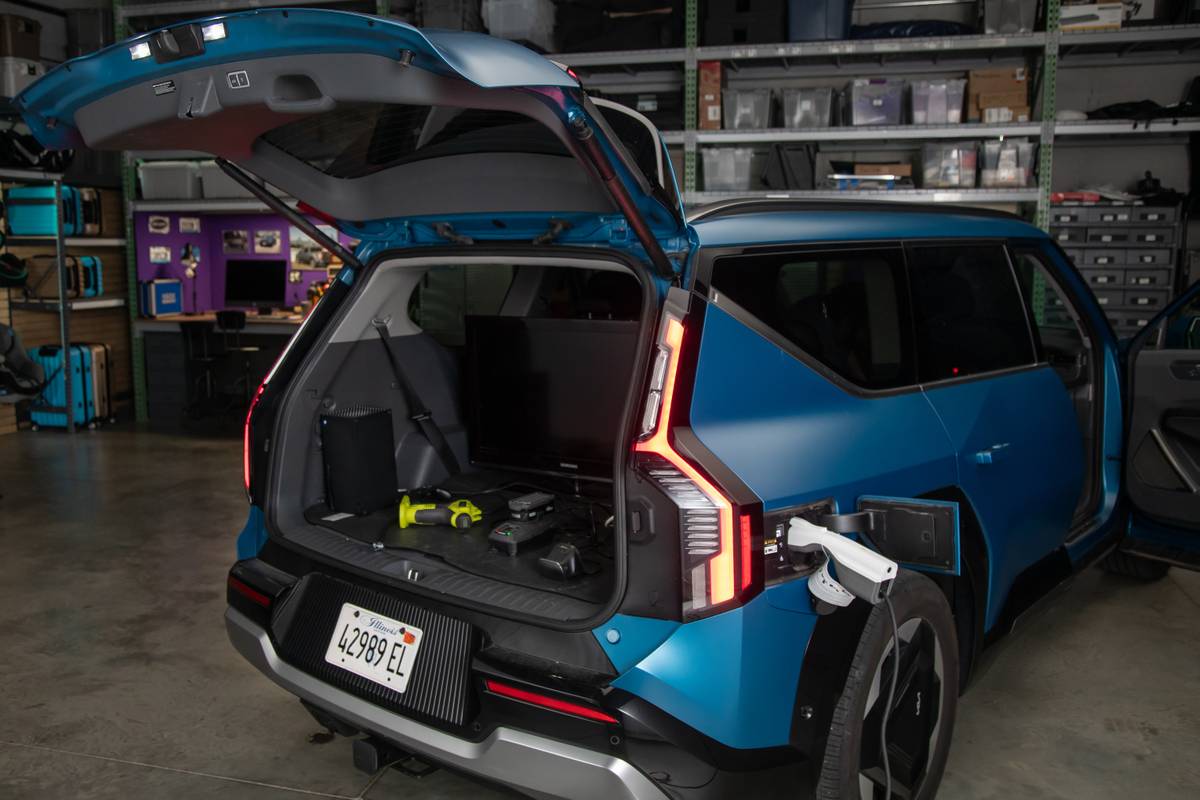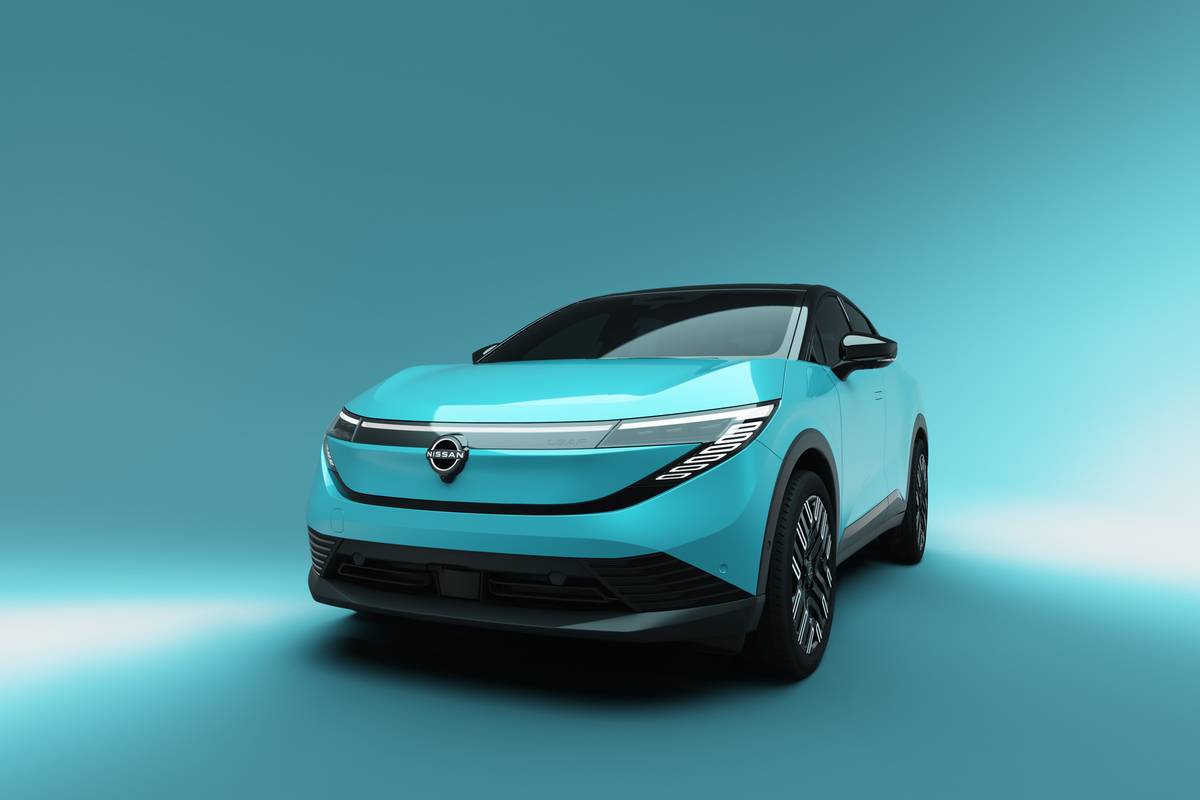IndyStar.com's view
Entrepreneurship is alive and well in the automobile business these days. Whether it is going to be profitable in respect to a Pontiac product may be another matter, but SLP Engineering of Toms River, N.J., believes it will.
SLP is bringing to market the Formula Firehawk. The vehicle is a modified version of Pontiac Motor Division’s Firebird Formula model, and can be purchased through Pontiac dealers.
Neither Pontiac Division nor General Motors Corp. is endorsing this project, but Pontiac is making automobiles available to SLP.
The Firehawk is an automobile that harks back to the days of the 1960s muscle cars. These were rear-wheel drive street machines with big V-8s lurking under the hood, lots of rubber on the ground, and a straight-line acceleration rate equaled only by a rocket ship. It is the type of motor car that virtually has disappeared from the market as manufacturers turned toward smaller engines and front-wheel drive.
The performance of the Firehawk borders on awesome, as SLP quotes figures like 0-60 miles per hour in 4.6 seconds, and the quarter-mile in 13.2 seconds at 107 miles per hour. The top speed is rated at 160 mph.
To achieve performance like this, SLP goes to work on a super-duty GM 5.7-liter (350-cubic inch) V-8, and creates an engine that produces 350-horsepower and 390 foot-pounds of torque.
What makes the engineering company’s endeavor of particular interest is that Chevrolet Division is developing a 325-horsepower, 350-cubic-inch V-8 that will power the ’92 Corvette, and more than likely will be tabbed for subsequent use in the Camaro.
There’s no black magic in creating more powerful motors. SLP’s work follows fundamental guidelines that let the engine turn faster and provide more air and fuel flow for more horsepower. In addition, heavy-duty parts keep it together.
The Firehawk’s V-8 runs four-bolt main-bearing caps in which the caps hold a forged-steel crankshaft in place. Connecting rods are of 1053 alloy forged steel. The pistons are cast aluminum, the roller camshaft is machined from a steel billet, and high-airflow aluminum cylinder heads run stainless steel valves.
It’s all performance componentry that is well known to motorsports technicians, but it is not all that common in a street machine because of the difficulty of meeting emission requirements.
However, as Dave Wilkerson, general sales manager for Don Sisk Pontiac, said, “It’s street legal.”
In addition to the engine, there also is a plethora of chassis modifications in the drive train, braking system, suspension system and wheels. The car gets a lot of rubber down via 17-inch wheels that have a 9.5-inch rim width.
Like all good things of this nature, the Firehawk carries a sizable price tag — a manufacturer’s suggested retail price of $39,995. And if you want to go racing, there is a competition package for $9,995.
The price limits production and marketing potential.
“We’re not going to chase after it,” said Jim Mulvaney, gene ral manager of Ed Martin Pontiac-Acura-GMC. “The market is too limited for us.
“They’re just in a real crowded market there. And frankly, with that much horsepower that car won’t perform as well as some other cars in that particular area. I know it cost a little more money, but for someone who wants that kind of power, we’re going to put them in an (Acura) NSX and make them a lot happier.”
Pontiac dealers say if someone comes in and buys one they obviously will order it for them, but they want a lot of the money up front.
“I’d want a substantial down payment before I would order the car,” Mulvaney said.
Pontiac Motor Division is well aware that today’s performance aftermarket is a multimillion-dollar industry serviced by a multitude of small specialty producers who are very good at what they do.
As a consequence, the division offers a dealer-installed performance kit that canbe purchased across an agency’s parts counter.
The kit that you can buy from Pontiac is $2,300,” Wi lkerson said. “And then there is 15 hours labor to install it. Power is boosted to 295 (horsepower). Standard is 240.”
It all seems to state the American muscle car is alive and well. And it probably is a better product than ever was built in the 1960s.
Latest news



